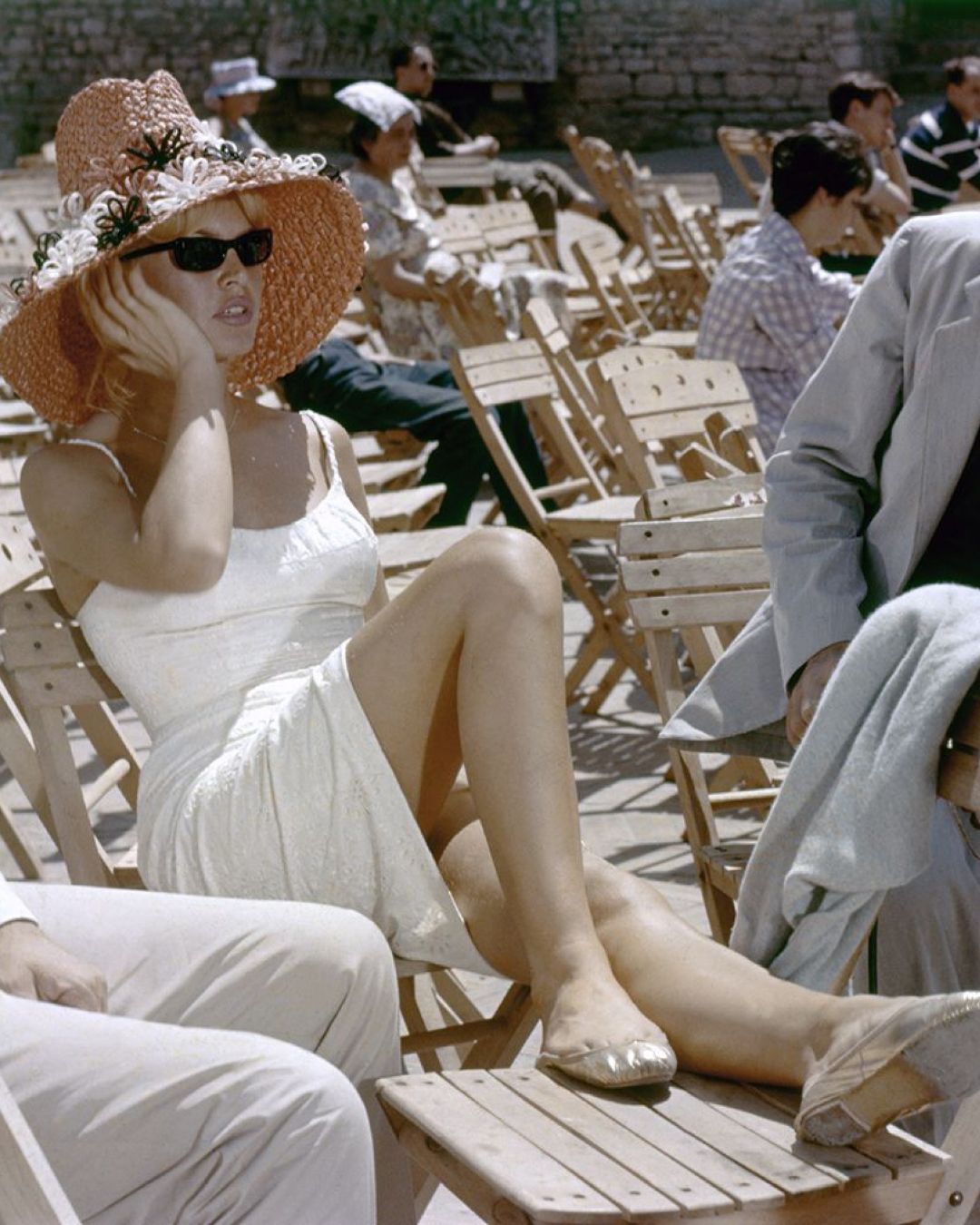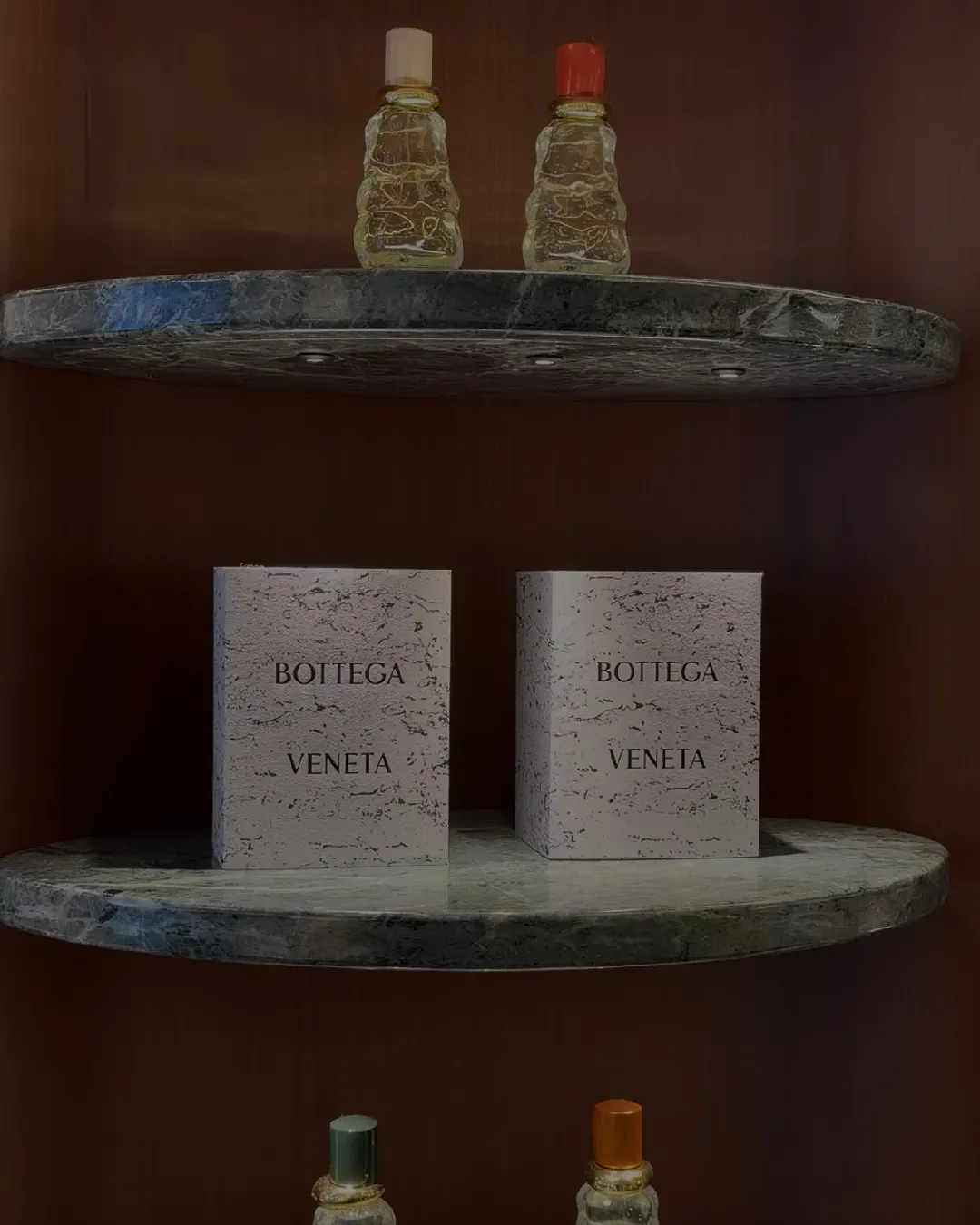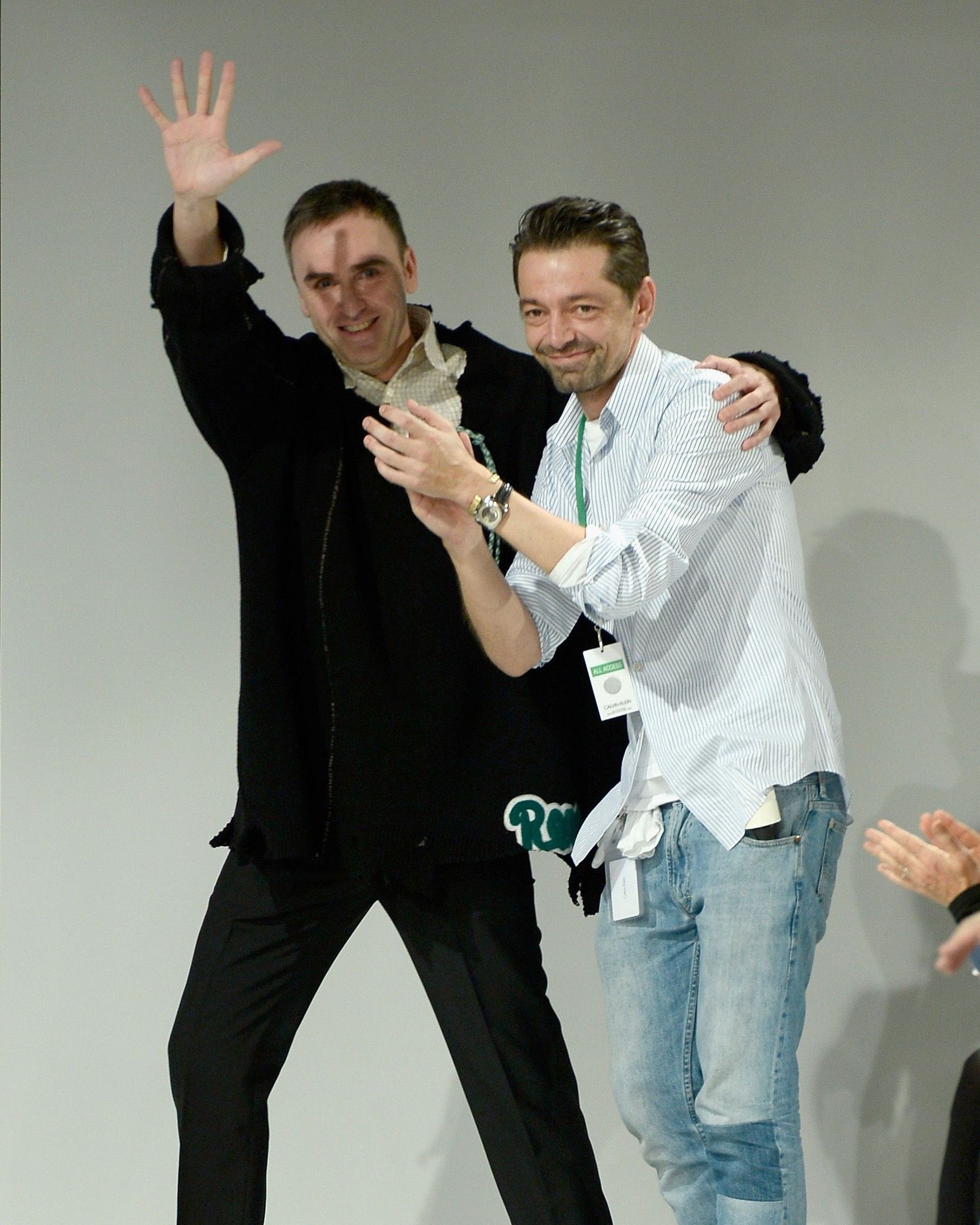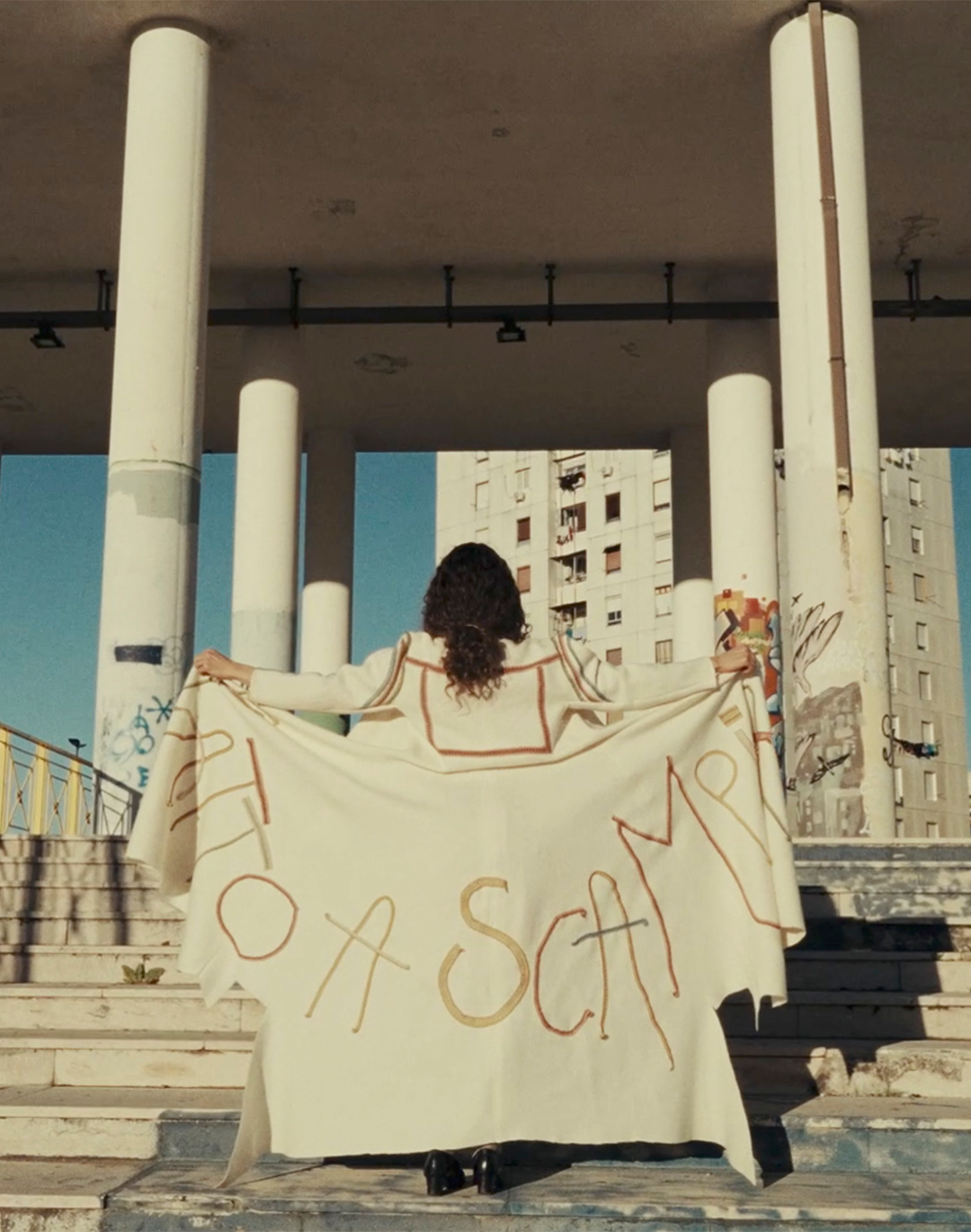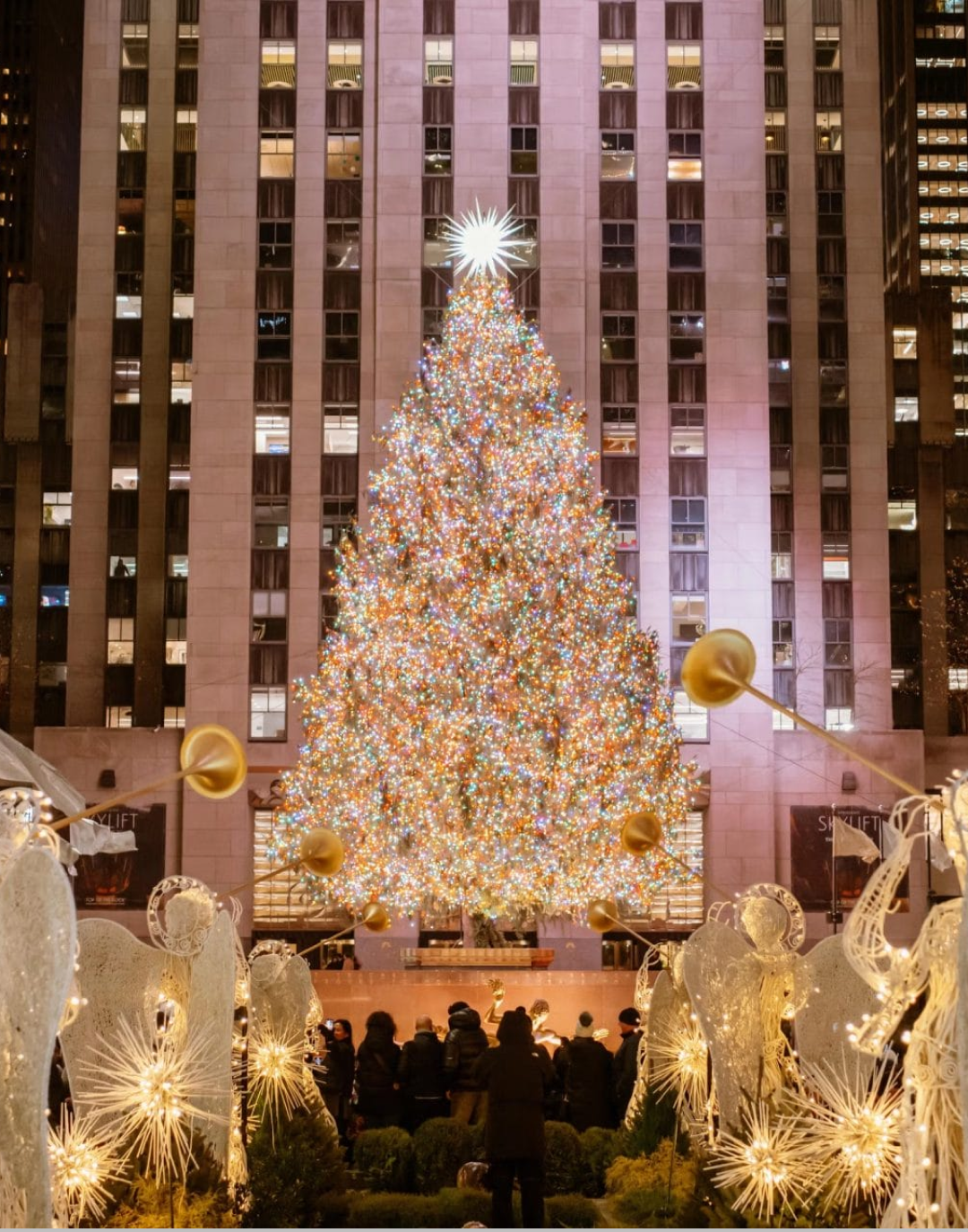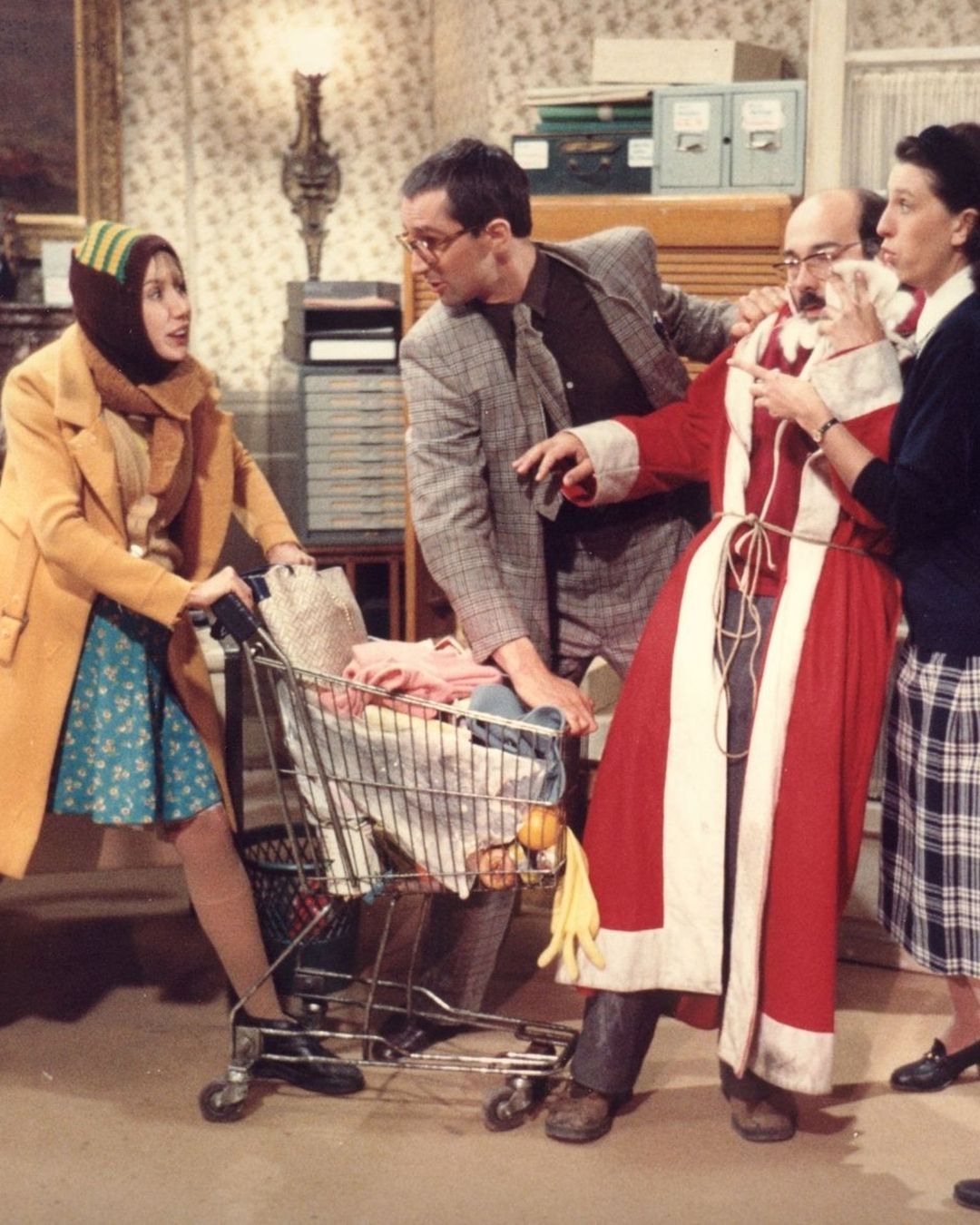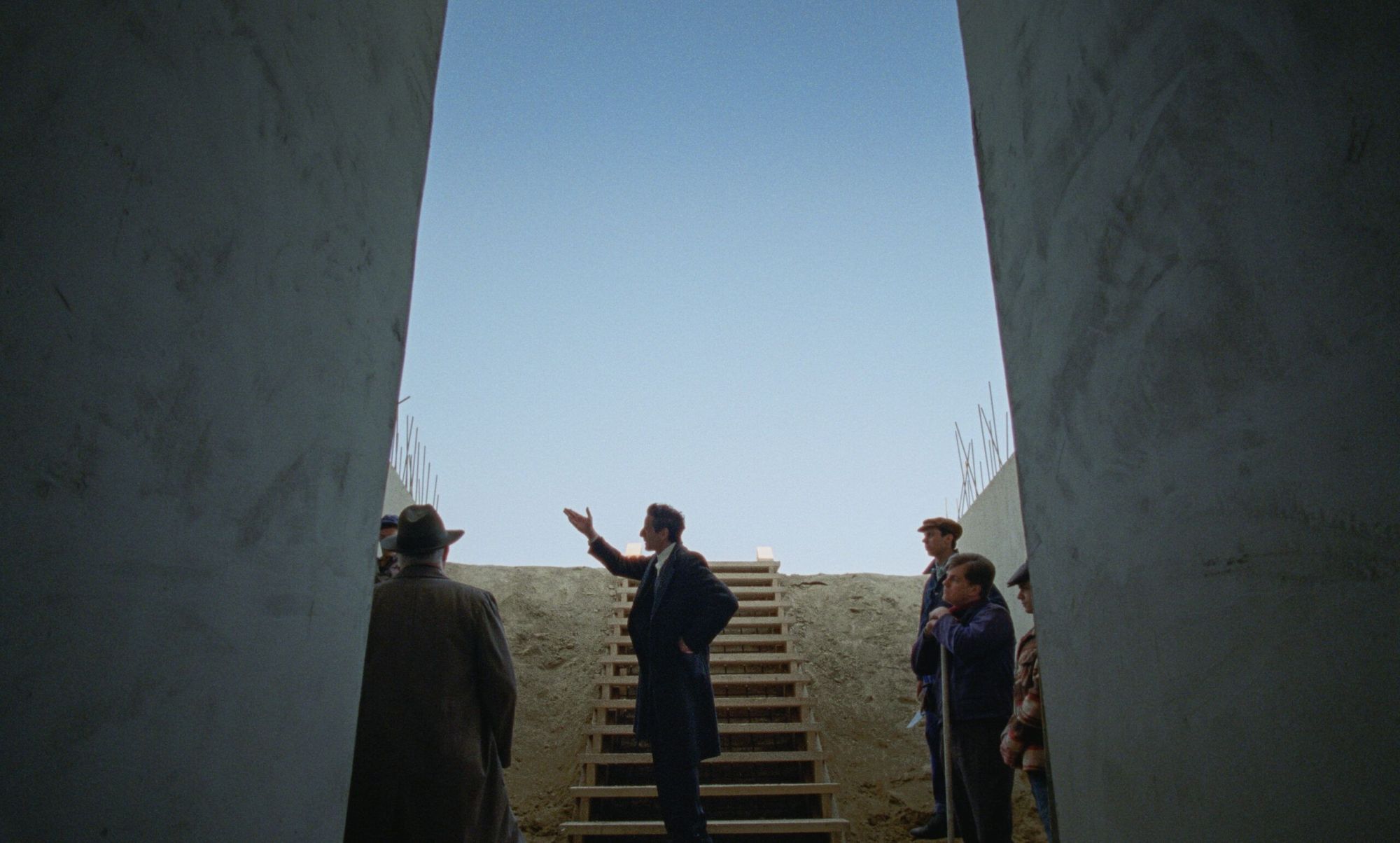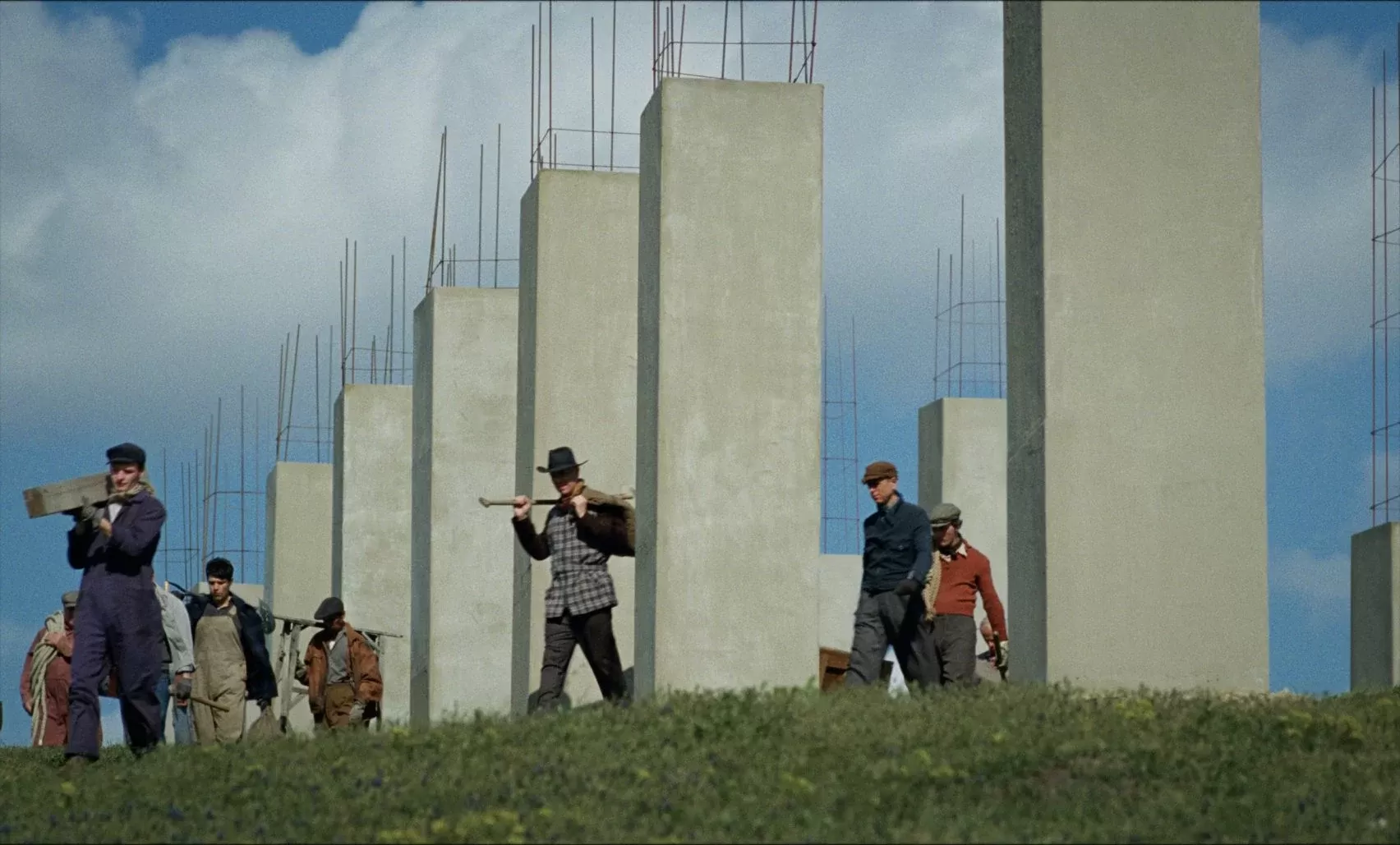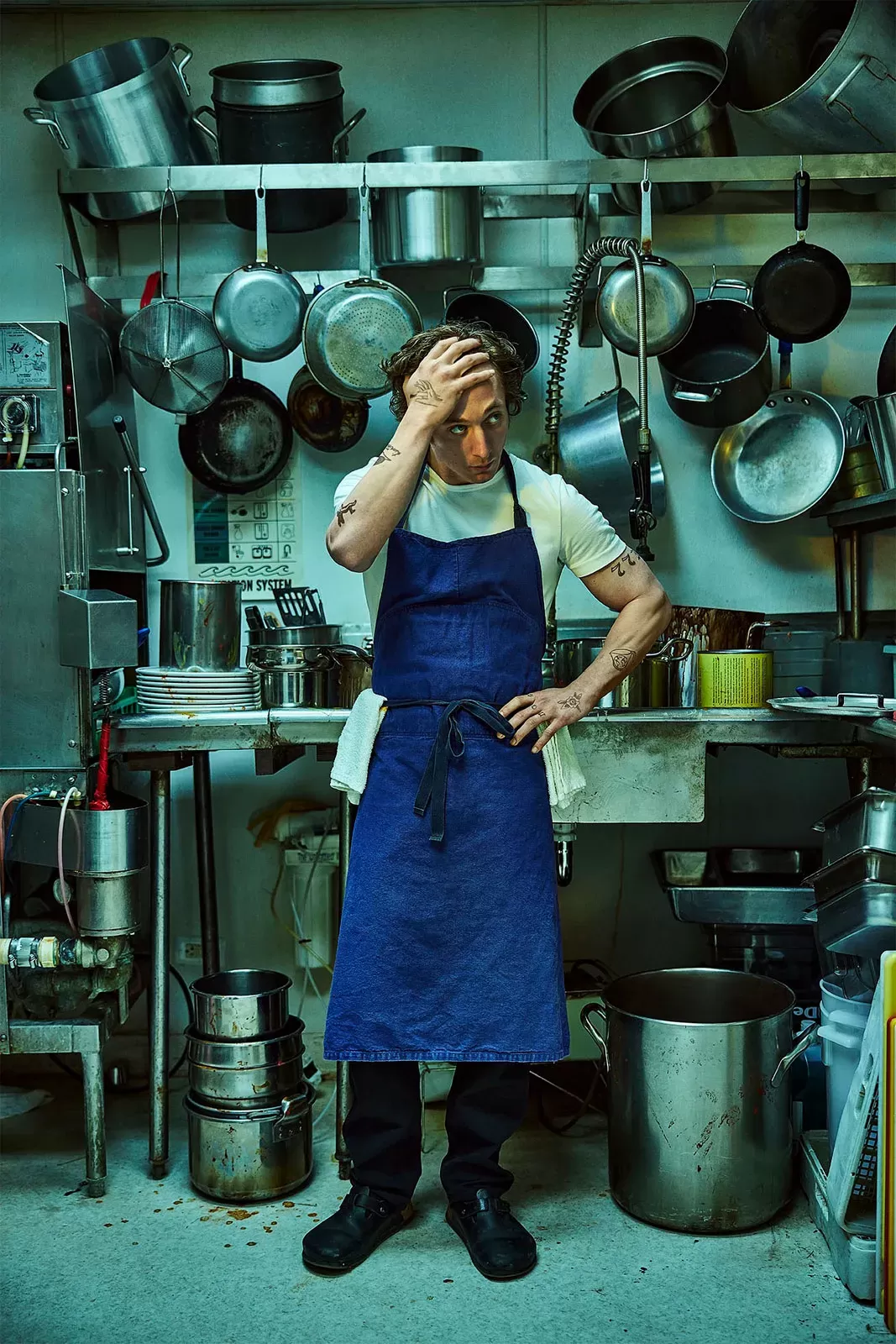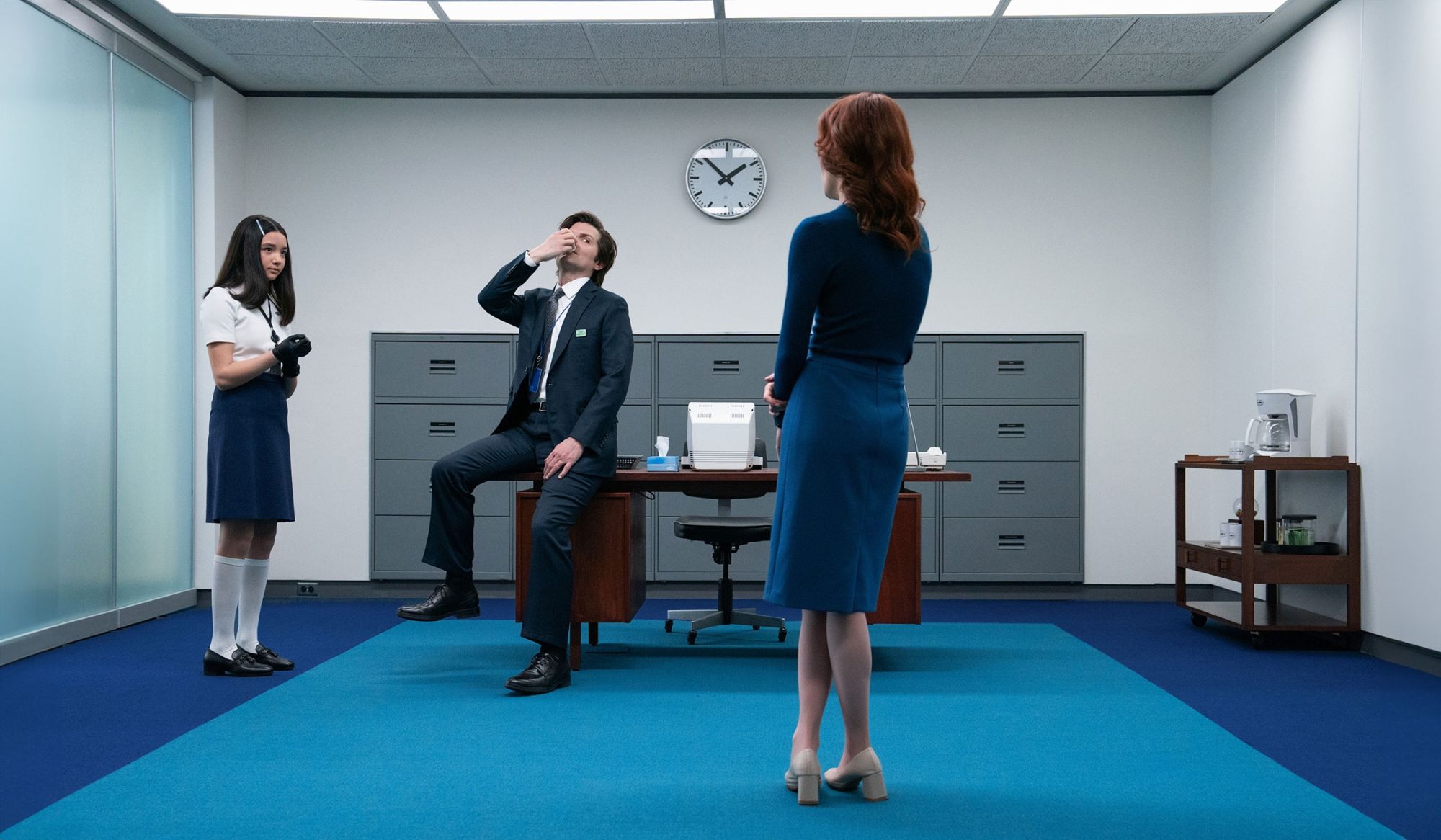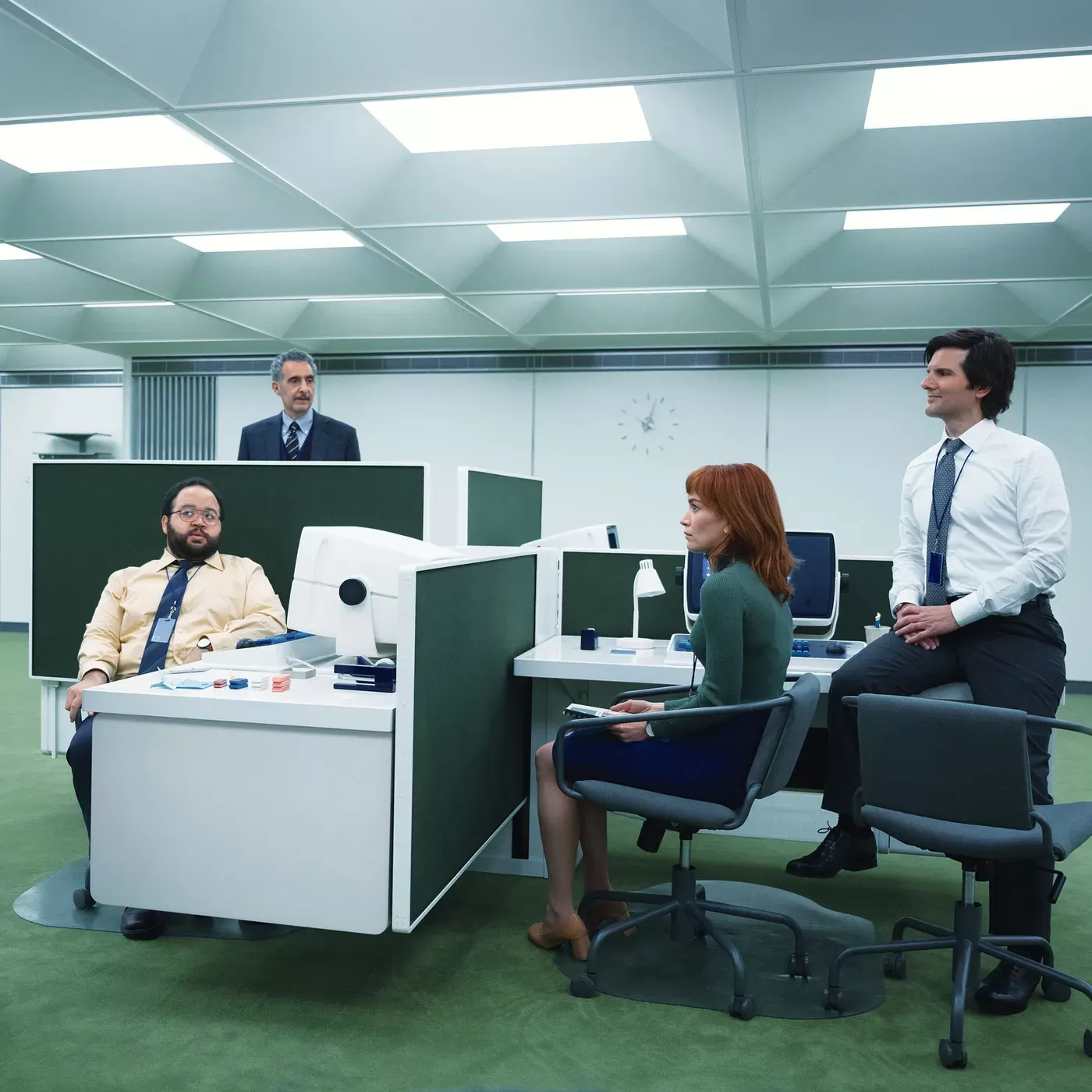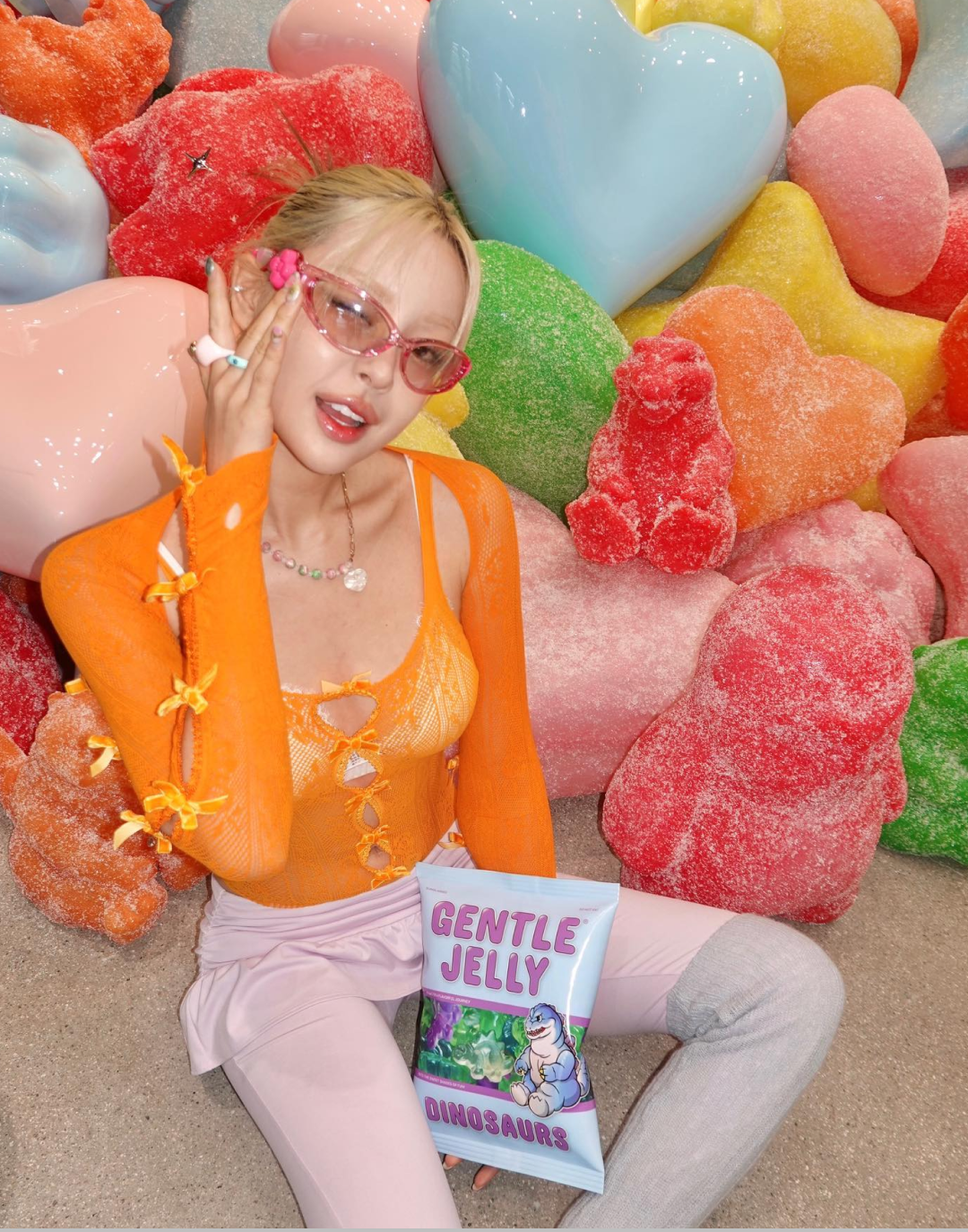
When cinema inspires interior design From "Severance" to "The Bear", from minimalism to lived-in chaos
Movies and TV series are no longer just a way to escape reality. Increasingly, they are becoming tools through which reality is designed, especially when it comes to interiors. The film set has become a reference aesthetic space, a visual catalog from which designers, architects, and digital users draw inspiration to furnish homes, showrooms, and work environments. Narrative aesthetics blend with everyday design, and through this process, several recurring key images emerge: the white, labyrinthine offices of Severance, the raw and monumental surfaces of The Brutalist, the lived-in and tense kitchens of The Bear, the silent and minimalist apartments of Her. These aren’t just creative inspirations, they represent a cultural phenomenon supported by data: according to Pinterest Predicts 2025, styles tied to cinematic visual universes like gothic revival, weird girl aesthetic, and castle core are rapidly growing, with thousands of pieces of content saved every day. Similarly, TikTok is seeing extremely high numbers for hashtags such as #cinematicinteriors, #liminalspaces, #severanceaesthetic, and #hostingcore: cinema-inspired interior design is viral content, built to be replicated, remixed, and brought into everyday life. Google Trends confirms the surge in searches for film and series-inspired environments, with keywords like «Her apartment», «Severance office design», and «The Bear kitchen».
@architect_inspires The protagonist’s home in the movie Her | What makes a style timeless? 10 years after the movie was released, it not only accurately predicted technological development, but the interior design style also perfectly aligns with today’s popular mid-century modern aesthetic. Outstanding artistic works are indeed ahead of their time and precise. Do you remember why there was such a spacious living room in the movie? The protagonist’s home in the movie Her Images by Vladyslav Hreben, Max Shpak, Roman Kravchenko 2021 3D rendering works, using Cinema 4D R20 | Corona Renderer | PS | Quixel Megascans
son original - ︙
Each audiovisual work mentioned presents a recognizable and perfectly codifiable aesthetic language. Severance, created by Dan Erickson, brought back the imagery of liminal offices suspended between post-industrial nostalgia and vintage futurism: endless corridors, dim neon lights, greenish palettes, Mid-Century sofas, and absorbent carpets. The declared intent of production designer Jeremy Hindle was to recreate a space that was comforting yet unsettling, capable of seeming both like an office and a prison. Unsurprisingly, the series’ aesthetic has become an immediate visual reference for reels and posts that satirize the hybrid work lifestyle. The Bear, the series about a chef's life, re-centered an imperfect and chaotic design style, made of worn surfaces, metal, chipped tiles, exposed utensils, and perpetually messy countertops: it’s the return of the lived-in, the real, the matter that shows signs of life. The concept of lived-in design has become one of the most discussed topics among food design professionals and managers of new urban venues. On the other end of the emotional spectrum, in Spike Jonze’s film Her, clean lines, soft materials (wood, linen, light leather), and warm lighting tell the story of a minimalism that’s not cold, but sensitive. Even today, many architecture firms cite Theodore’s apartment as a main reference for soft-tech residential projects aimed at well-being and introspection.
In a contrasting yet complementary key, The Brutalist emerges as a contemporary manifesto of the new emotional brutalism: raw concrete, harsh symmetry, sculptural spaces, and desaturated cinematography. The film directed by Brady Corbet and starring Adrien Brody has cemented an already growing aesthetic, helping to make it mainstream. The film’s imagery and framing have become a constant reference in architectural and visual mood boards, showing how a film can codify and reinforce an aesthetic taste already latent in contemporary visual culture. Beyond the sets themselves, it's important to consider how cinema and series are continuously reinterpreted on social media. Numerous Instagram and TikTok accounts recreate interiors inspired by films, offering guides on how to «decorate like in Her» or «recreate The Bear’s mood in your kitchen.» The virality of this content helps build a shared iconography, where the user doesn’t just consume an aesthetic, they adopt and replicate it in their personal space. The result is that today, furnishing a space also means choosing a narrative. Materials, shapes, and colors are no longer just aesthetic choices, they evoke entire cultural imaginaries. The couch might be the soft one from Her, the kitchen the messy one from The Bear, the hallway the unsettling one from Severance. In an age where the lines between real life and visual representation are increasingly blurred, interior design is infused with narrative and emotional meaning. And every object, every corner of the home, can become a frame from a personal film.


